Orthopedic Surgeon in Mexico Provide Recovery with Expert Care
.png)
Are you considering orthopedic surgery and looking for expert care that helps you get back to your active life sooner? Perhaps you've heard about medical tourism and are wondering if Mexico is a viable option for orthopedic procedures. The answer is a resounding yes! An orthopedic surgeon in Mexico can indeed help you get back on your feet faster with expert care, combining quality, affordability, and a patient-centric approach that often exceeds expectations. Many individuals from the United States, Canada, and other countries are choosing Mexico for their orthopedic needs, from joint replacements to sports injury repairs.
This trend is driven by several compelling factors: state-of-the-art facilities, highly skilled surgeons who often have international training, significantly reduced costs compared to Western countries, and shorter wait times. Beyond the surgical procedure itself, many clinics and hospitals in Mexico offer comprehensive care packages that include pre-operative consultations, the surgery, hospital stays, and crucial post-operative rehabilitation and recovery support. This holistic approach is designed to streamline your healing journey, ensuring you receive continuous support and personalized attention every step of the way. If you're seeking to restore mobility, alleviate pain, and return to your daily activities with renewed vigor, exploring orthopedic surgery options in Mexico with a qualified surgeon could be a smart choice for your health and well-being.
What types of orthopedic procedures are common in Mexico?
Orthopedic surgeons in Mexico are skilled in a wide range of procedures to treat various musculoskeletal conditions. These include both complex reconstructive surgeries and minimally invasive interventions. The aim is always to enhance mobility, alleviate pain, and restore function.
- Joint Replacement Surgeries: These are among the most frequently performed procedures. Patients seeking relief from severe arthritis or joint damage often opt for:
- Hip Replacement Surgery: Replacing a damaged hip joint with a prosthetic one to alleviate pain and improve mobility.
- Knee Replacement Surgery: Substituting a diseased or damaged knee joint with artificial components.
- Shoulder Replacement Surgery: Replacing parts of or the entire shoulder joint due to injury or degeneration.
- Arthroscopic Surgeries: These minimally invasive procedures involve small incisions and specialized instruments to diagnose and treat joint problems. They are often used for:
- Knee Arthroscopy: Common for meniscus tears, ACL reconstruction, and cartilage damage.
- Shoulder Arthroscopy: Used for rotator cuff repair, labral tears, and impingement syndrome.
- Spine Surgeries: Addressing conditions affecting the spine, such as disc herniations, spinal stenosis, and scoliosis. Examples include:
- Laminectomy: Removal of part of the vertebral bone to relieve pressure on nerves.
- Discectomy: Removal of a herniated disc.
- Spinal Fusion: Fusing vertebrae together to stabilize the spine.
- Sports Injury Treatments: Orthopedic surgeons also specialize in treating injuries sustained during sports or physical activity, such as ligament tears, tendon ruptures, and fractures.
- Fracture Repair and Fixation: Surgically repairing broken bones and stabilizing them with plates, screws, or rods to ensure proper healing.
How much does orthopedic surgery typically cost in Mexico compared to other countries?
One of the primary reasons many individuals choose Mexico for orthopedic surgery is the substantial cost savings. These savings do not come at the expense of quality but rather reflect different economic structures and healthcare systems.
For instance, a total knee replacement that might cost $30,000 to $50,000 or more in the U.S. could range from $9,000 to $15,000 for knee replacment in Mexico. Similarly, a hip replacement costing upwards of $25,000 to $60,000 in North America might be available for $10,000 to $20,000 in Mexico. These figures typically include the surgeon's fees, hospital stay, anesthesia, and sometimes even pre- and post-operative consultations.
These lower costs are due to several factors, including lower overhead expenses for clinics and hospitals, reduced malpractice insurance premiums, and a generally lower cost of living and labor. Many medical tourism packages in Mexico offer transparent, all-inclusive pricing, which helps patients budget effectively without hidden fees. This affordability makes expert orthopedic care accessible to a wider range of patients, including those who are uninsured or have high deductibles.
| Procedure | Average Cost in U.S. (USD) | Average Cost in Mexico (USD) |
|---|---|---|
| Knee Replacement | $30,000 - $50,000+ | $9,000 - $15,000 |
| Hip Replacement | $25,000 - $60,000+ | $10,000 - $20,000 |
| ACL Reconstruction | $15,000 - $30,000 | $4,000 - $8,000 |
| Shoulder Arthroscopy | $10,000 - $20,000 | $3,000 - $6,000 |
Is orthopedic surgery in Mexico safe and reliable?
The safety and reliability of orthopedic surgery in Mexico are significant concerns for prospective patients, and rightfully so. Mexico has developed a strong reputation in the medical tourism sector, particularly for specialized procedures like orthopedics. Many hospitals and clinics cater specifically to international patients, and these facilities often boast state-of-the-art technology and modern infrastructure comparable to hospitals in the U.S. or Canada.
Key indicators of safety and reliability include:
- Accreditation: Look for hospitals and clinics that hold international accreditations, such as those from the Joint Commission International (JCI). This accreditation signifies that the facility meets rigorous international standards for patient safety and quality of care.
- Surgeon Credentials: Ensure that your chosen orthopedic surgeon is board-certified by the Mexican Council of Orthopedics and Traumatology (CMOT), which is the equivalent of the American Board of Orthopaedic Surgery. Many Mexican orthopedic surgeons also have international training and memberships in global medical associations, demonstrating their commitment to excellence and ongoing education.
- Patient-Centric Care: Reputable clinics prioritize patient well-being, offering personalized treatment plans, clear communication (often with bilingual staff), and comprehensive pre- and post-operative support.
While no surgery is without risk, choosing a reputable provider in Mexico significantly minimizes potential complications. Thorough research, reading patient testimonials, and verifying credentials are essential steps to ensure a safe and successful outcome.
What qualifications and experience do orthopedic surgeons in Mexico possess?
The expertise of orthopedic surgeons in Mexico is a major draw for patients seeking quality care. The medical education system in Mexico is robust, producing highly competent specialists. After completing a medical degree, aspiring orthopedic surgeons undergo a rigorous specialization process.
Typical qualifications and experience include:
- Medical Degree: Completion of a medical doctor (MD) degree from a recognized university.
- Residency Training: Several years of specialized residency training in orthopedics and traumatology, typically lasting 4-5 years.
- Board Certification: Certification by the Mexican Council of Orthopedics and Traumatology (CMOT). This certification ensures that the surgeon meets national standards of competence and continues to maintain their expertise through ongoing education.
- International Training and Fellowships: Many leading orthopedic surgeons in Mexico pursue additional training or fellowships in the U.S., Europe, or other medically advanced countries. This international exposure familiarizes them with the latest surgical techniques, technologies, and best practices.
- Experience with International Patients: Surgeons who regularly treat medical tourists often have extensive experience with diverse patient needs, including understanding the specific requirements for follow-up care for patients returning to their home countries.
These comprehensive qualifications ensure that patients receive care from highly skilled and experienced professionals dedicated to achieving optimal outcomes.
What should I expect during the initial consultation with an orthopedic surgeon in Mexico?
The initial consultation is a crucial step in your orthopedic journey in Mexico, designed to establish trust and ensure a clear understanding of your condition and treatment plan. Many orthopedic clinics in Mexico facilitate this first meeting either in person or through telemedicine, allowing you to connect with the surgeon before traveling.
During the consultation, you can expect the following:
- Medical History Review: The orthopedic surgeon will review your complete medical history, including any previous injuries, surgeries, medications, and existing health conditions.
- Physical Examination: A thorough physical examination of the affected joint or area will be conducted to assess mobility, pain levels, and any structural issues.
- Diagnostic Image Review: You will likely be asked to provide recent X-rays, MRIs, or CT scans. If you don't have them, the clinic can arrange for these diagnostic tests to be done in Mexico.
- Discussion of Diagnosis and Treatment Options: The surgeon will explain your diagnosis in detail and discuss all available treatment options, both surgical and non-surgical. They will outline the pros and cons of each, helping you make an informed decision.
- Procedure Explanation: If surgery is recommended, the surgeon will explain the specific procedure, including the techniques used, expected outcomes, and potential risks.
- Cost and Recovery Plan: You will receive a clear breakdown of the costs involved and an outline of the expected recovery timeline and post-operative care.
Many clinics provide bilingual staff to ensure there are no language barriers, making the consultation process smooth and understandable. This personalized attention ensures that your treatment plan is tailored to your specific needs and goals.
How long does recovery take after orthopedic surgery in Mexico?
The duration of recovery after orthopedic surgery largely depends on the type of procedure, its complexity, and your overall health. However, orthopedic surgeons in Mexico often focus on protocols designed for efficient and effective recovery, helping patients get back on their feet faster.
- Immediate Post-Operative Period:
- For major surgeries like joint replacements, you can expect to stay in the hospital for 2 to 5 days. During this time, pain management is a priority, and early mobilization often begins under the supervision of nurses and physical therapists.
- For less invasive procedures like arthroscopy, the hospital stay might be shorter, often just 1-2 days, or even an outpatient procedure.
- Initial Recovery in Mexico: Many patients choose to stay in Mexico for 1 to 2 weeks after discharge from the hospital. This allows for initial follow-up appointments with the surgeon, wound care, and the commencement of early physical therapy sessions. Many medical tourism packages include accommodations and arranged therapy sessions to facilitate this.
- Long-Term Recovery: Full recovery and the return to normal activities can take several weeks to many months. This phase usually involves ongoing physical therapy and adherence to specific exercise programs.
- Knee or Hip Replacement: Return to normal daily activities within 6-12 weeks, with full recovery and strength building extending up to 6-12 months.
- ACL Reconstruction: Crutches for a few days to weeks, gradual return to activity over 3-6 months, and full return to sports in 6-12 months.
- Spinal Surgery: Recovery can be longer, sometimes requiring several months of rehabilitation.
Orthopedic surgeons in Mexico emphasize personalized rehabilitation plans and often provide telehealth follow-up options to support patients after they return home, ensuring continuous guidance throughout their recovery journey.
What is the role of physical therapy in recovery after orthopedic surgery in Mexico?
Physical therapy (PT) is an indispensable component of successful recovery following orthopedic surgery. It plays a pivotal role in accelerating healing, restoring function, and preventing complications. Mexican orthopedic clinics and hospitals often have dedicated rehabilitation departments or partnerships with specialized PT centers.
The role of physical therapy includes:
- Pain and Swelling Management: Early PT sessions often focus on reducing post-operative pain and swelling through various techniques like ice, elevation, and gentle movements.
- Restoring Range of Motion: Therapists guide patients through exercises designed to gradually increase the flexibility and movement of the operated joint or limb.
- Strengthening Muscles: As healing progresses, exercises are introduced to strengthen the muscles surrounding the surgical site, improving stability and support.
- Improving Balance and Coordination: For lower limb or spine surgeries, PT helps patients regain balance and coordination necessary for walking and daily activities.
- Functional Training: Therapists work with patients on activities specific to their daily life or sport, ensuring a safe and effective return to previous levels of function.
- Patient Education: Physical therapists educate patients on proper body mechanics, exercises to continue at home, and precautions to take to prevent re-injury.
Many comprehensive medical tourism packages include physical therapy sessions during the initial recovery period in Mexico, providing a seamless transition from surgery to rehabilitation. Patients often leave Mexico with a detailed home exercise program and recommendations for continued therapy in their home country.
Are there language barriers when seeking orthopedic care in Mexico?
For international patients, concerns about language barriers are common. However, many orthopedic centers in Mexico that specialize in medical tourism are well-equipped to handle English-speaking patients, and often patients speaking other languages.
Steps taken to address language barriers include:
- Bilingual Staff: A significant number of orthopedic surgeons, nurses, administrative staff, and patient coordinators in medical tourism hubs are fluent in English. This ensures clear communication from initial inquiry through consultation, surgery, and post-operative care.
- Translators/Interpreters: For other languages, or in cases where a staff member isn't fully bilingual, clinics often provide professional medical interpreters to ensure all conversations, instructions, and consent forms are accurately conveyed.
- Patient Coordinators: Many medical tourism facilitators or clinics assign dedicated patient coordinators who assist international patients throughout their entire journey, acting as a single point of contact and ensuring smooth communication with the medical team.
It is always advisable to confirm the language support available when you are researching clinics and to ask any questions you may have about communication during your treatment planning. Reputable providers will ensure that language is not an obstacle to receiving excellent care.
What are the long-term outcomes of orthopedic surgery performed in Mexico?
The success of orthopedic surgery is not just about the immediate post-operative period but also about the long-term outcomes and the patient's ability to return to a fulfilling life. Orthopedic surgeons in Mexico aim for durable and effective results, and patient testimonials often reflect high satisfaction with their long-term recovery.
Factors contributing to positive long-term outcomes include:
- Skilled Surgeons: The expertise of board-certified orthopedic surgeons, often with advanced training and experience in specific procedures, leads to precise surgical execution and favorable results.
- Advanced Techniques and Technology: Many Mexican facilities utilize modern surgical techniques, including minimally invasive approaches and advanced prosthetic implants, which contribute to better outcomes, reduced recovery times, and less post-operative pain.
- Comprehensive Rehabilitation: A strong emphasis on structured physical therapy and rehabilitation programs, both during the initial recovery in Mexico and with guidance for at-home continuation, is vital for achieving optimal long-term function.
- Patient Adherence: The patient's commitment to following post-operative instructions, attending physical therapy sessions, and making necessary lifestyle adjustments significantly impacts long-term success.
While individual results can vary, the overall experience reported by patients indicates that orthopedic surgery in Mexico provides excellent long-term relief from pain and restoration of function, enabling many to return to activities they enjoyed prior to their condition.
How do I choose the right orthopedic surgeon and clinic in Mexico?
Selecting the right orthopedic surgeon and clinic is paramount for a successful medical journey. With many options available in Mexico, a thorough and informed decision-making process is essential.
Here are key steps to consider:
- Verify Surgeon Credentials:
- Ensure the surgeon is board-certified by the Mexican Council of Orthopedics and Traumatology (CMOT).
- Look for additional certifications or fellowships from international institutions.
- Inquire about their experience with the specific procedure you need.
- Check Clinic/Hospital Accreditation:
- Prioritize facilities accredited by international bodies like the Joint Commission International (JCI) or national equivalent certifications.
- Research the hospital's reputation, facilities, and technology.
- Read Patient Testimonials and Reviews:
- Seek out reviews from previous international patients. Websites specializing in medical tourism often feature patient experiences.
- Pay attention to comments about communication, care quality, and post-operative support.
- Evaluate Communication and Transparency:
- Assess how responsive and clear the clinic is during your initial inquiries. Are they providing detailed information about the procedure, costs, and logistics?
- Ensure that they have bilingual staff or offer interpreter services.
- Look for transparent, all-inclusive pricing with no hidden fees.
- Consider Comprehensive Packages: Many clinics offer medical tourism packages that include airport transfers, accommodation, hospital stay, surgery, and initial physical therapy. These packages can simplify the process and reduce stress.
A reputable medical tourism facilitator can also assist you in this process, connecting you with trusted surgeons and clinics that meet your specific needs and quality standards.
Can I combine orthopedic surgery with a vacation in Mexico?
The idea of combining a medical procedure with a relaxing vacation is part of the appeal of medical tourism. Mexico, with its beautiful destinations and rich culture, certainly offers this possibility. However, when it comes to orthopedic surgery, the primary focus must be on your recovery and rehabilitation.
It is generally not advisable to plan extensive tourism activities immediately before or after major orthopedic surgery. Your body needs time to heal, and rest is crucial. While you might enjoy a change of scenery, rigorous sightseeing or strenuous activities could hinder your recovery and potentially lead to complications.
Instead, many medical tourism packages provide:
- Peaceful Recovery Accommodations: Options for comfortable, private recovery stays in partner hotels or specialized recovery houses where you can rest and focus on healing.
- Attentive Care: Access to attentive medical staff who can assist with medication management, wound care, and ensure your comfort during the initial recovery days.
- Optional Short, Relaxed Outings: Some packages may include very light, optional activities such as a brief cultural tour or a visit to a local market, but these are typically very low-impact and designed not to interfere with your recovery.
Prioritizing your surgical outcome and recovery is key. Once you have fully recovered and received clearance from your orthopedic surgeon, you can always plan a dedicated vacation to explore Mexico's attractions.
What are the post-operative care and follow-up options for patients returning home?
Ensuring continuity of care after you return home is essential for a successful and complete recovery. Reputable orthopedic surgeons and clinics in Mexico understand this need and provide clear guidelines and support for their international patients.
Post-operative care and follow-up options commonly include:
- Detailed Discharge Instructions: Before you leave Mexico, you will receive comprehensive written instructions regarding wound care, medication schedules, pain management, activity restrictions, and signs of potential complications to watch for.
- Prescriptions: You will be provided with necessary prescriptions for pain medication, antibiotics, or any other required drugs for your initial recovery at home.
- Physical Therapy Plan: A personalized physical therapy regimen will be provided, often with exercises you can start immediately and recommendations for continuing therapy with a local physical therapist in your home country.
- Remote Follow-up: Many Mexican orthopedic surgeons offer telehealth consultations or email communication for follow-up questions, progress updates, and addressing any concerns you might have after returning home. This virtual support can be incredibly reassuring.
- Coordination with Local Healthcare Providers: Some clinics may assist in coordinating with your primary care physician or a local physical therapist to ensure a smooth transition of care.
It is vital for patients to actively communicate with both their Mexican orthopedic surgeon and their local healthcare providers to ensure a seamless and effective continuation of their recovery plan.
Are there any specific risks associated with medical tourism for orthopedic surgery in Mexico?
While medical tourism to Mexico for orthopedic surgery offers many benefits, it's important to be aware of potential risks, even if they are often minimal in well-chosen facilities. Understanding these can help you mitigate them through careful planning.
Potential risks include:
- Complications Requiring Extended Stay: Although rare, surgical complications can occur. If a complication arises, it might necessitate a longer stay in Mexico than originally planned, incurring additional costs for accommodation and potentially delaying your return home.
- Communication Issues: While many clinics have bilingual staff, minor misunderstandings can still occur. This highlights the importance of choosing a clinic with robust language support and ensuring clear communication throughout your process.
- Continuity of Care: While Mexican surgeons provide post-operative instructions, coordinating long-term follow-up and physical therapy with your local healthcare providers back home requires proactive effort on your part. Ensure you have a plan for this before you travel.
- Travel-Related Risks: Any international travel carries inherent risks, such as flight delays, travel fatigue, or unexpected illness unrelated to the surgery. These can add stress to your medical journey.
- Insurance Coverage: Many international health insurance policies may not cover procedures performed abroad. It is crucial to clarify your insurance coverage for both the surgery and any potential complications or follow-up care.
- Quality Variation: Like any country, the quality of healthcare providers can vary. This emphasizes the need for thorough research to select only accredited facilities and board-certified surgeons with strong reputations.
By carefully researching, planning, and communicating with your chosen medical provider and any medical tourism facilitators, most of these risks can be effectively managed.
What are the alternatives to orthopedic surgery if I'm not ready for a procedure?
Orthopedic surgery is often considered when conservative treatments have not provided sufficient relief. However, an orthopedic surgeon in Mexico will also discuss non-surgical alternatives, especially if your condition is mild or if you prefer to explore less invasive options first.
Common alternatives include:
- Physical Therapy (PT): A cornerstone of orthopedic treatment, PT helps strengthen muscles, improve flexibility, reduce pain, and restore function through targeted exercises and manual therapy.
- Medication:
- Over-the-counter pain relievers: NSAIDs (Non-Steroidal Anti-Inflammatory Drugs) like ibuprofen can help manage pain and inflammation.
- Prescription medications: Stronger pain relievers or muscle relaxants may be prescribed for acute pain.
- Injections:
- Corticosteroid injections: Can provide temporary relief from pain and inflammation in joints or around tendons.
- Hyaluronic acid injections: Often used for knee osteoarthritis to lubricate the joint.
- Platelet-Rich Plasma (PRP) injections: Involves injecting concentrated platelets from your own blood to promote healing.
- Stem cell therapy: A newer regenerative medicine approach that uses a patient's own stem cells to repair damaged tissue.
- Bracing and Supports: Wearing braces, splints, or other supportive devices can help stabilize joints, reduce pain, and prevent further injury.
- Lifestyle Modifications:
- Weight Management: Losing excess weight can significantly reduce stress on weight-bearing joints like knees and hips.
- Activity Modification: Adjusting daily activities or sports to avoid movements that aggravate the condition.
- Ergonomics: Improving posture and workstation setup to reduce strain on the back and neck.
- Acupuncture and Chiropractic Care: Some patients find relief from pain and improved function through these complementary therapies.
Your orthopedic surgeon will assess your condition and discuss whether these alternatives are suitable for your specific case before recommending surgery.
How does the pre-operative process work for international patients?
The pre-operative process for international patients undergoing orthopedic surgery in Mexico is designed to be streamlined and efficient, ensuring you are well-prepared for your procedure.
Here’s a typical breakdown:
- Initial Remote Consultation:
- You’ll start by providing your medical history and recent diagnostic images (X-rays, MRIs) to the chosen clinic or medical tourism facilitator.
- An initial virtual consultation with the orthopedic surgeon will be arranged to discuss your case, confirm the diagnosis, and determine the best treatment plan. This allows you to get to know your surgeon and ask preliminary questions.
- Treatment Plan and Quote: Based on the consultation, you will receive a detailed treatment plan, including the recommended procedure, estimated costs, and what is included in the package (e.g., hospital stay, surgeon’s fees, anesthesia, initial physical therapy).
- Travel and Accommodation Arrangements: Once you decide to proceed, the clinic or facilitator will often assist with travel logistics, including airport transfers and booking suitable accommodation for your recovery period.
- Pre-Admission Testing (upon arrival):
- Upon your arrival in Mexico, you will undergo any necessary pre-admission tests, such as blood work, ECG, and additional imaging, to ensure you are medically fit for surgery.
- You will also have a final in-person consultation with your orthopedic surgeon and anesthesiologist to review the plan and address any last-minute questions.
- Consent Forms: All necessary consent forms will be reviewed and signed, often with the assistance of bilingual staff or interpreters.
This structured approach ensures that all medical assessments are completed and all logistical details are handled, allowing you to focus on your upcoming surgery and recovery.
What support services are available for international patients in Mexico?
Medical tourism in Mexico has evolved to provide comprehensive support services tailored to the needs of international patients, making the entire experience smoother and less stressful. These services go beyond just the surgical procedure itself.
Common support services include:
- Patient Coordinators: Dedicated patient coordinators act as your primary point of contact, assisting with everything from initial inquiries and scheduling to logistical arrangements and addressing concerns throughout your stay.
- Airport Transfers: Many packages include arranged transportation from the airport to your hotel and the clinic/hospital, removing the stress of navigating unfamiliar surroundings.
- Accommodation Assistance: Clinics often have partnerships with nearby hotels or recovery facilities, helping you find suitable and comfortable lodging for your pre- and post-operative stay.
- Language Support: Access to bilingual staff (surgeons, nurses, administrative personnel) and professional interpreters ensures clear communication at all stages.
- Pre- and Post-Operative Support: This includes assistance with scheduling diagnostic tests, follow-up appointments, and arranging initial physical therapy sessions while you are in Mexico.
- Concierge Services: Some premium packages might offer additional services like local tours (post-recovery), meal arrangements, or assistance with local errands.
These support services are designed to create a seamless experience, allowing international patients to focus entirely on their health and recovery.
At PlacidWay, we understand the importance of exceptional care and a smooth journey to recovery. Explore our solutions for medical tourism, healthcare services, and more, designed to connect you with leading orthopedic experts and facilities worldwide.


.png)
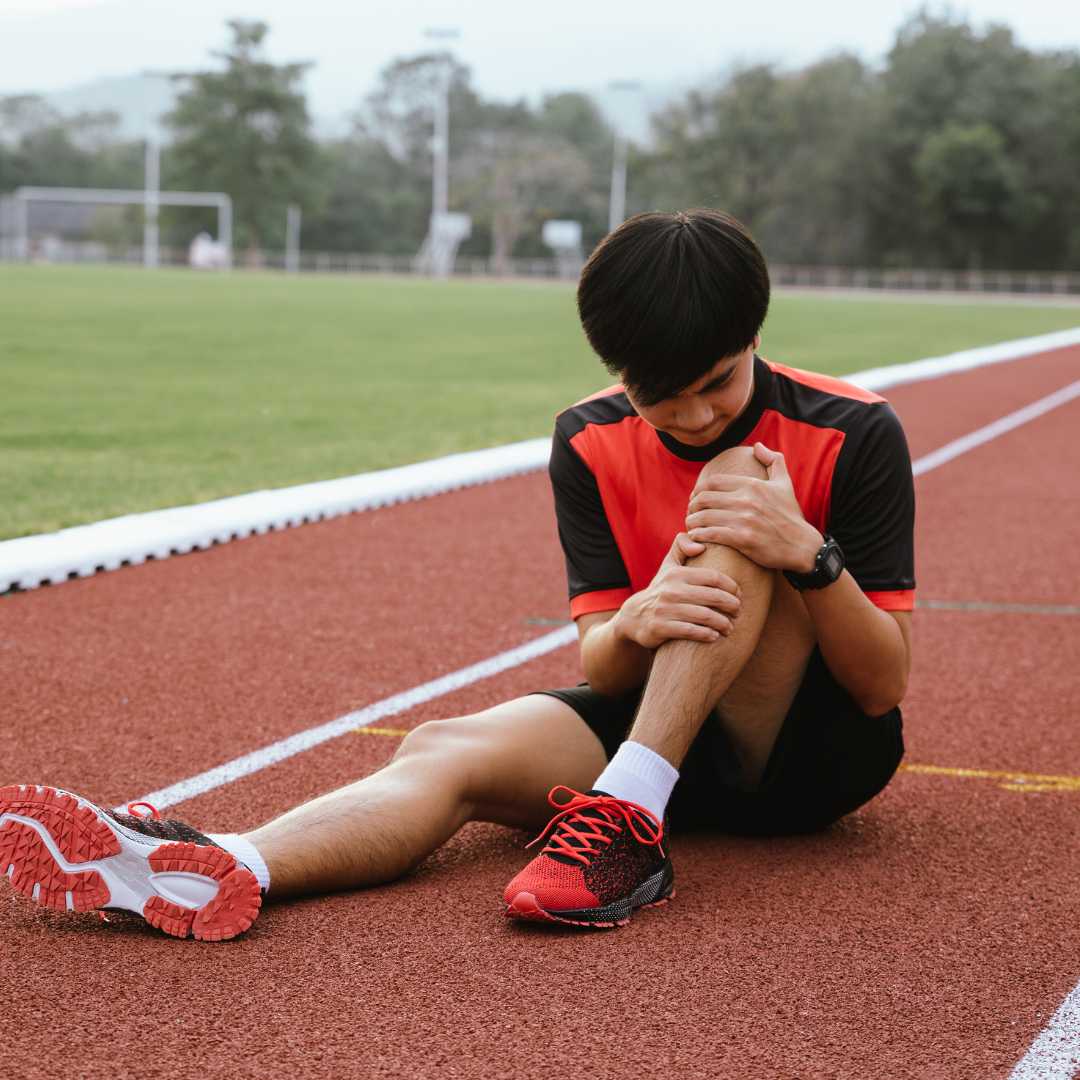
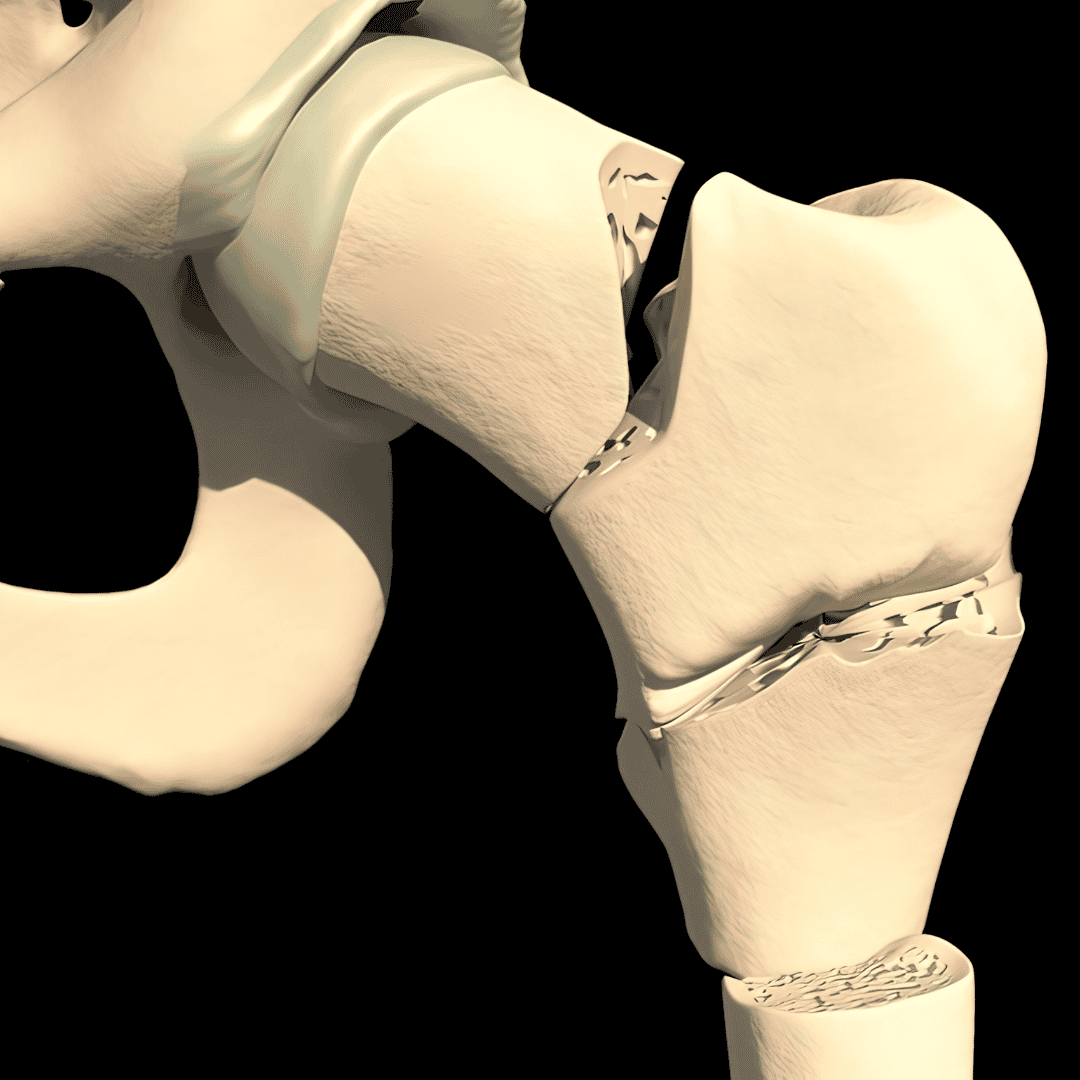


.png)

.png)
.png)
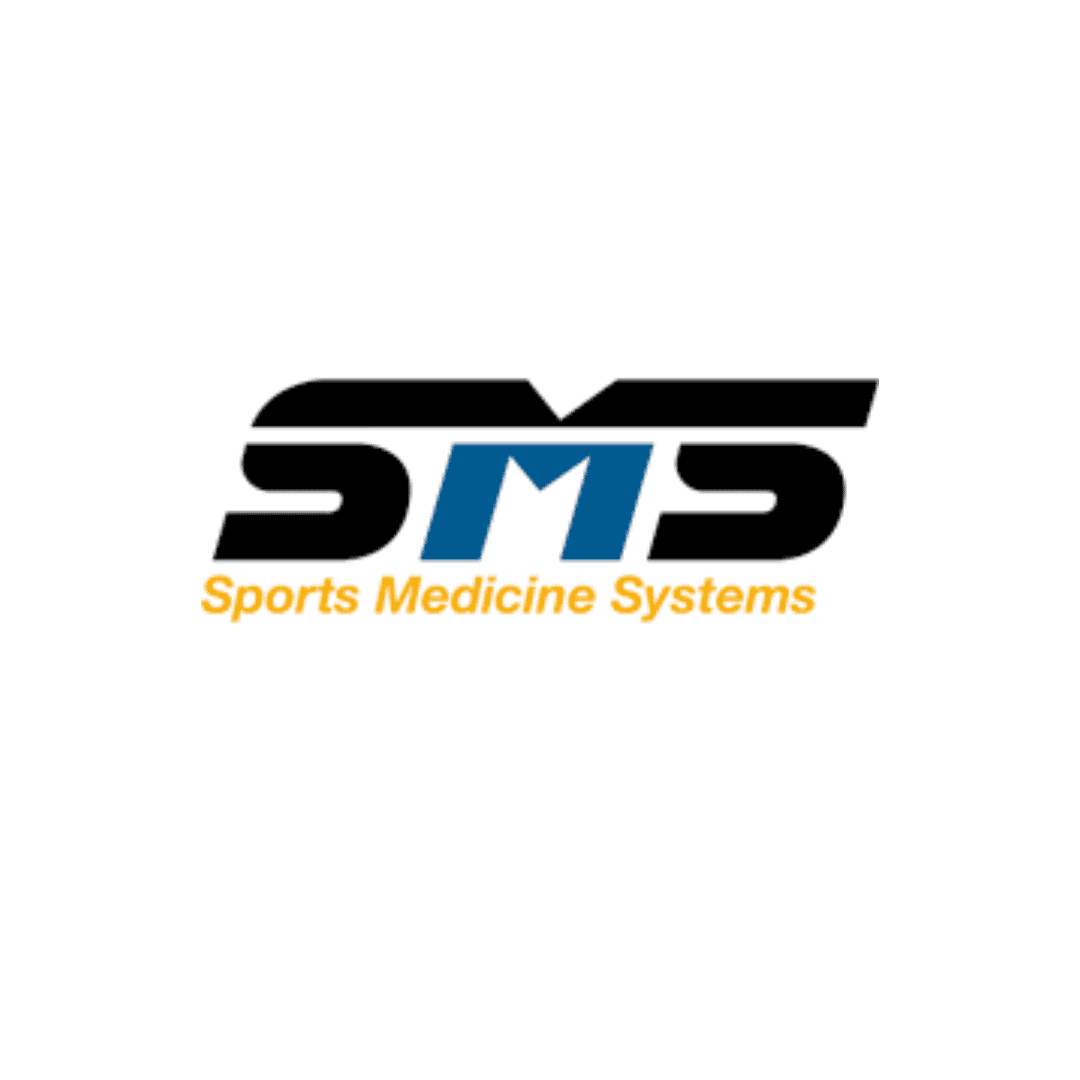
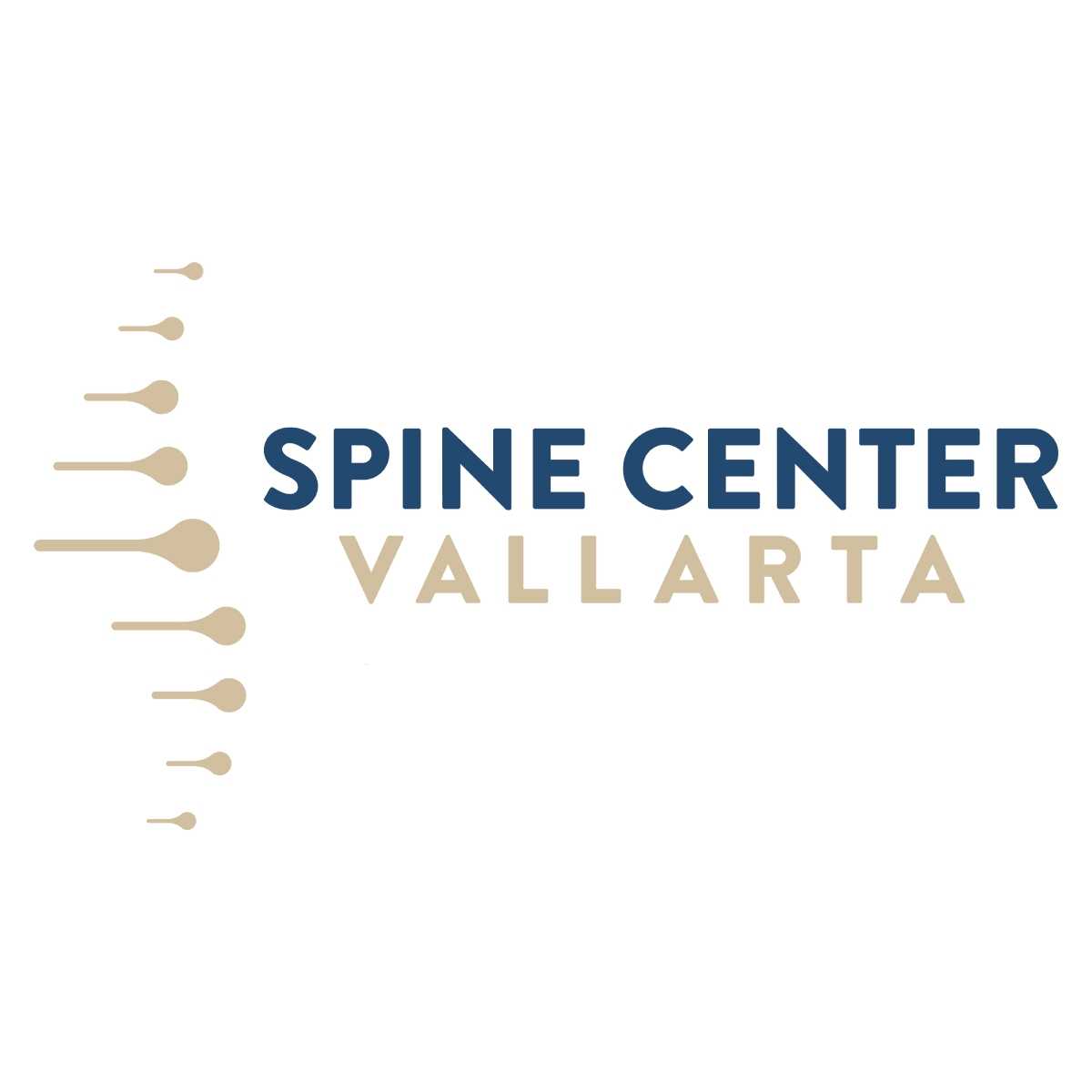

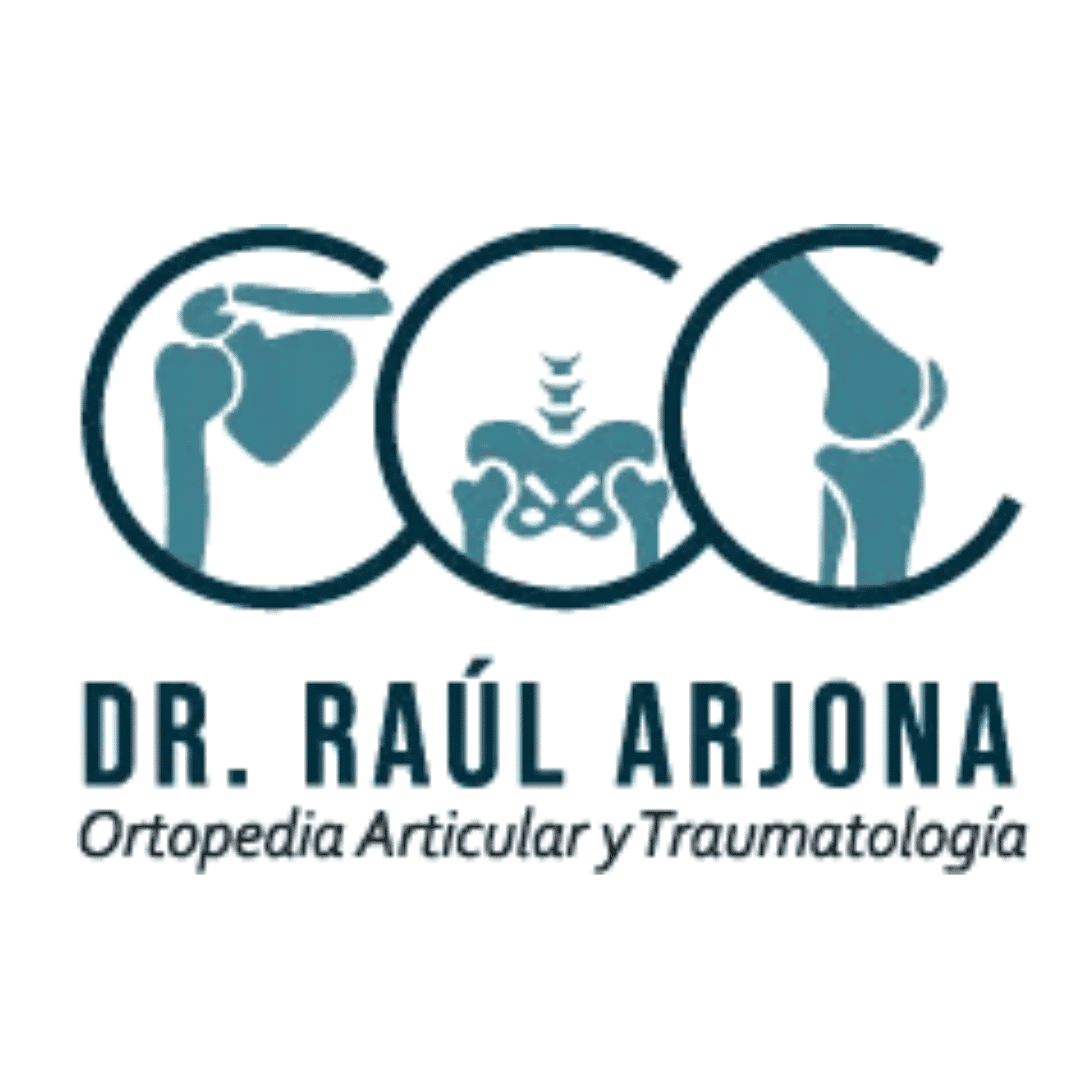
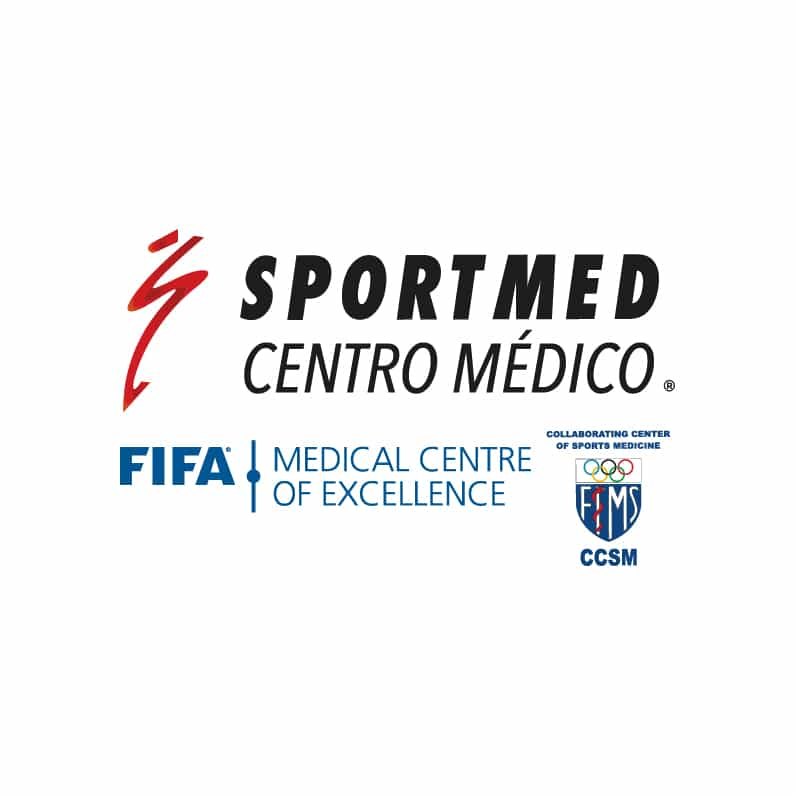

Share this listing